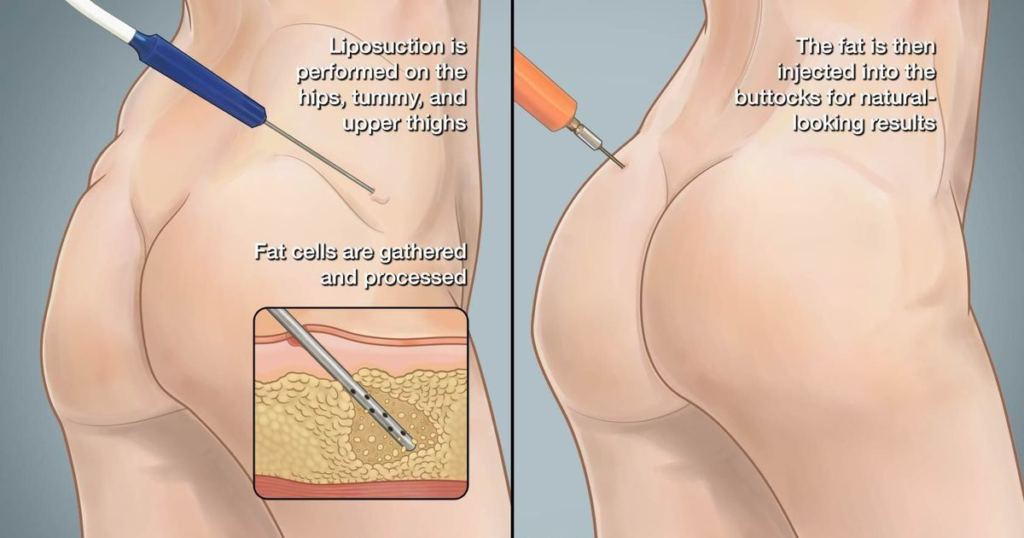Injuries at the amusement park: A hall of mirrors
The catastrophes are well covered: The obese teenager falling hundreds of feet to his death. A 6-year old dies after being thrown from a roller coaster in Kissimmee.
But really, how safe are you, or aren’t you, when you go to an amusement park in Florida?
Truthfully, it’s hard to tell. There are no reliable statistics. The only reporting is self reporting by the amusement park rider operators themselves. And if they don’t report it, there’s no way to know.
And Florida law just made it harder to find out. The Legislature and Governor passed a new law exempting from the public records act the records of state investigations of accidents on amusement park riders until the state finishes its investigation. Very pro industry.
Except for Disney and Universal, (parks with more than 1,000 employees and full time inspectors on staff), amusement park ride operators in Florida are regulated by the FDACS—the Florida Department of Agriculture and Consumer Services.
The Department is responsible for enforcing the safety standards which are set by statute for amusement park rides. That’s Florida Statute 616.242 to be precise. Among other things, the safety standards require:
– For permanent rides, annual inspection by a qualified inspector
– For a ride installed at a temporary location, inspection by a qualified inspector each time the ride is relocated
– Defects affecting patron safety must be reported in 8 hours (but only if it results in the ride being close)
– $1-million insurance
– Employee training records must be maintained
– The owner or his employees must inspect daily, and maintain daily inspection reports for 14 days
– Any modification to the ride equipment or machinery must be reported to the department
– Patrons requiring transport to a hospital must be reported by telephone within 4 hours, with a written report within 24 hours
The Department even maintains a 24-hour hotline for reporting accidents on fair rides. 1-800-663-3542.
The problem with all this is that to a great extent, it depends on the honor system–self regulation by those being regulated. Self policing by those being policed. If the rider owner or manager doesn’t report it, or doesn’t fix it, who’s to know? Until it’s too late.
Case in point: That is exactly what happened to Tyre Sampson, the obese teenager who fell 400 feet to his death in Orlando on a ride to which the operator had modified the sensors and seats but never reported the modifications as required by law.
Amusement parks are rife with conditions conducive to accidental injuries. The attractions and installations are designed to catch your eye, amuse and thrill you. But the installations can also result in slip, trip and fall injuries–many minor but some far more serious with fractures or concussions. Roller coasters can aggravate neck and back injuries, and rides that jolt the rider can, in the extreme, cause traumatic brain injury.
You assume some risk when you go to an amusement park. But the risk you assume is the risk inherent in the safe operation of the ride. You do not assume the risk of careless maintenance, or the risk of a preventable malfunction or the risk of operator error by an operator who was careless or untrained or drunk or all three.








